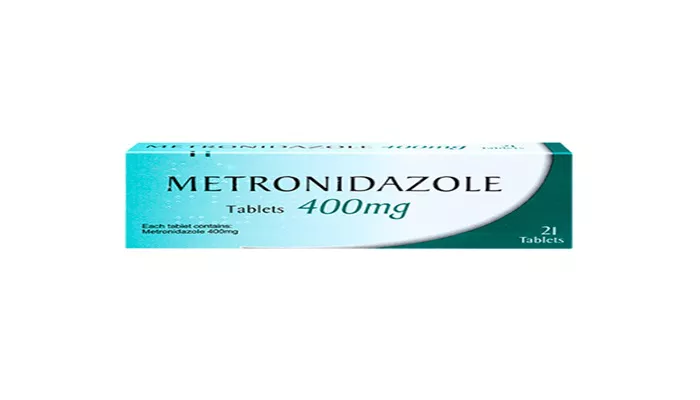Periodontal disease, commonly known as gum disease, is a serious infection of the gums that can lead to tooth loss and other health problems if left untreated. One of the key components in the management and treatment of periodontal disease is the use of antibiotics. Antibiotics help to reduce or eliminate the bacterial infection that contributes to the inflammation and damage in the gums. This article will explore the various antibiotics used for periodontal disease, their effectiveness, and the considerations involved in their use.
Understanding Periodontal Disease
Periodontal disease is an inflammatory condition that affects the tissues surrounding and supporting the teeth. It is primarily caused by the accumulation of bacterial plaque on the teeth and gums. The disease progresses through several stages:
Gingivitis: The earliest stage of periodontal disease, characterized by red, swollen gums that bleed easily. Gingivitis is reversible with good oral hygiene.
Periodontitis: If gingivitis is not treated, it can progress to periodontitis.
In this stage, the inner layer of the gum and bone pull away from the teeth, forming pockets that become infected. The body’s immune response to the infection can break down the bone and connective tissue, potentially leading to tooth loss.
SEE ALSO: Can Laser Cure Periodontal Disease?
The Role of Antibiotics in Periodontal Disease
While mechanical cleaning methods such as scaling and root planing are primary treatments for periodontal disease, antibiotics can be an adjunctive therapy to control bacterial infection. Antibiotics can be administered systemically or locally.
1. Systemic Antibiotics
Systemic antibiotics are taken orally or injected and work throughout the entire body. They are often used in more severe cases of periodontal disease or when the infection has spread. Some commonly used systemic antibiotics include:
Amoxicillin: A broad-spectrum antibiotic that is effective against a wide range of bacteria. It is often used in combination with other antibiotics.
Metronidazole: Effective against anaerobic bacteria, which are common in periodontal pockets. It is often used in combination with amoxicillin.
Clindamycin: An alternative for patients who are allergic to penicillin. It is effective against anaerobic bacteria.
Tetracyclines: Includes doxycycline and minocycline. They are known for their ability to inhibit collagenase, an enzyme that breaks down connective tissue.
2. Local Antibiotics
Local antibiotics are directly applied to the affected areas in the mouth. This method allows for a higher concentration of the drug at the site of infection with fewer systemic side effects. Commonly used local antibiotics include:
Arestin (Minocycline Microspheres): A powder that is placed into periodontal pockets where it releases minocycline over time.
PerioChip (Chlorhexidine Chip): A gelatin chip that contains chlorhexidine, a broad-spectrum antimicrobial agent. It is inserted into periodontal pockets and gradually releases the drug.
Atridox (Doxycycline Gel): A gel that contains doxycycline, which is applied to periodontal pockets and hardens upon contact with the mouth’s moisture, releasing the antibiotic over time.
Choosing The Right Antibiotic
The choice of antibiotic depends on various factors, including the severity of the disease, the specific bacteria involved, patient allergies, and the presence of any other medical conditions. Dentists may take samples from the periodontal pockets to identify the specific bacteria causing the infection and determine the most effective antibiotic.
Combination Therapy
In some cases, combination therapy may be used to target a broader range of bacteria. For example, metronidazole is often combined with amoxicillin to cover both anaerobic and aerobic bacteria. This approach can be more effective in severe cases of periodontal disease.
Effectiveness of Antibiotics in Periodontal Treatment
Antibiotics have been shown to be effective in reducing bacterial load and inflammation in periodontal pockets. However, their use should be considered as an adjunct to mechanical cleaning methods, not a replacement. Studies have shown that the combination of scaling and root planing with antibiotics can result in better clinical outcomes compared to mechanical cleaning alone.
Limitations and Risks
While antibiotics can be beneficial in treating periodontal disease, their use is not without risks. Overuse or inappropriate use of antibiotics can lead to antibiotic resistance, making infections harder to treat.
Additionally, some patients may experience side effects such as gastrointestinal disturbances or allergic reactions.
Patient Considerations
Patients need to follow their dentist’s instructions carefully when taking antibiotics for periodontal disease. This includes completing the entire course of antibiotics, even if symptoms improve, to ensure the infection is fully eradicated.
Maintaining good oral hygiene and regular dental visits are also crucial to prevent the recurrence of periodontal disease.
Preventive Measures
Preventing periodontal disease is always preferable to treating it. Good oral hygiene practices, such as brushing twice a day, flossing daily, and using an antiseptic mouthwash, can help reduce the risk of developing periodontal disease. Regular dental check-ups and professional cleanings are also important to maintain healthy gums and teeth.
Conclusion
Antibiotics play a vital role in the management and treatment of periodontal disease. The choice between systemic and local antibiotics, as well as the specific type of antibiotic, depends on various factors including the severity of the disease and the specific bacteria involved. While antibiotics can effectively reduce bacterial infection and inflammation, they should be used in conjunction with mechanical cleaning methods for the best outcomes. Preventive measures and good oral hygiene practices are essential to maintain periodontal health and prevent the recurrence of the disease.

